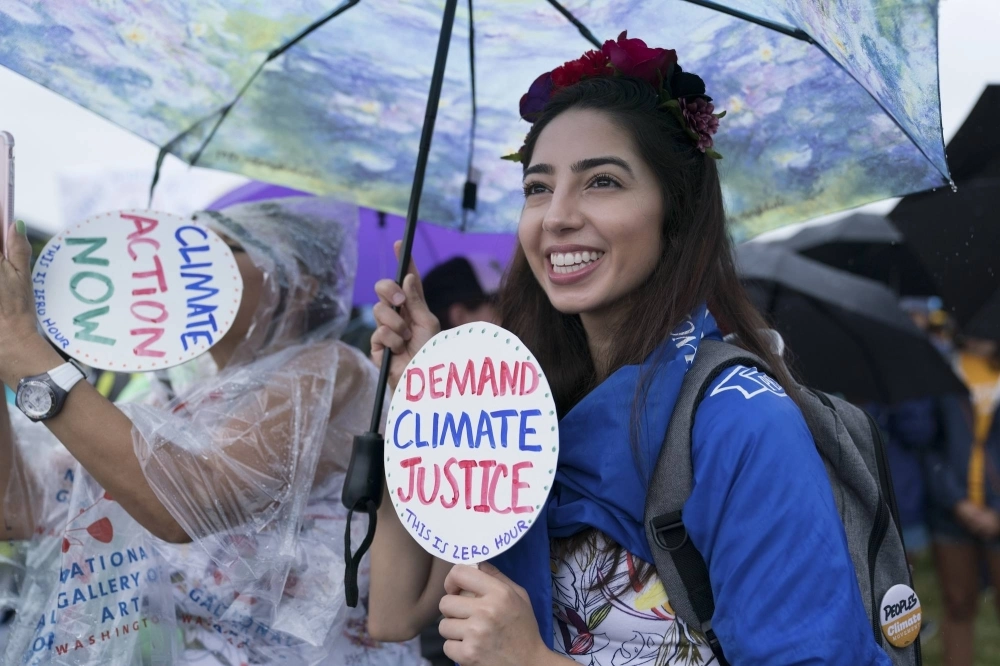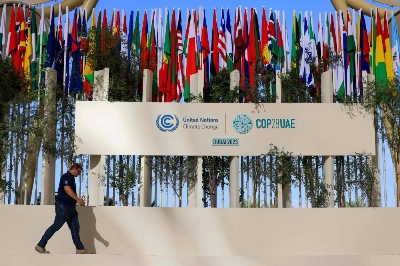As governments gather in Dubai for this year’s COP28 climate conference, two things are painfully clear. First, we are already in a climate emergency. Second, rich countries, especially the United States, continue to turn their back on poorer ones.
This year’s debate is focused on climate justice and financing: How to share the costs of climate disasters, and the urgently needed transformation of the world’s energy and land use systems.
The conference hosted by the United Arab Emirates is the 28th Conference of the Parties to the United Nations Framework Convention on Climate Change. The first COP was held in Berlin in 1995, but our governments don’t have much to show for their work.





















With your current subscription plan you can comment on stories. However, before writing your first comment, please create a display name in the Profile section of your subscriber account page.